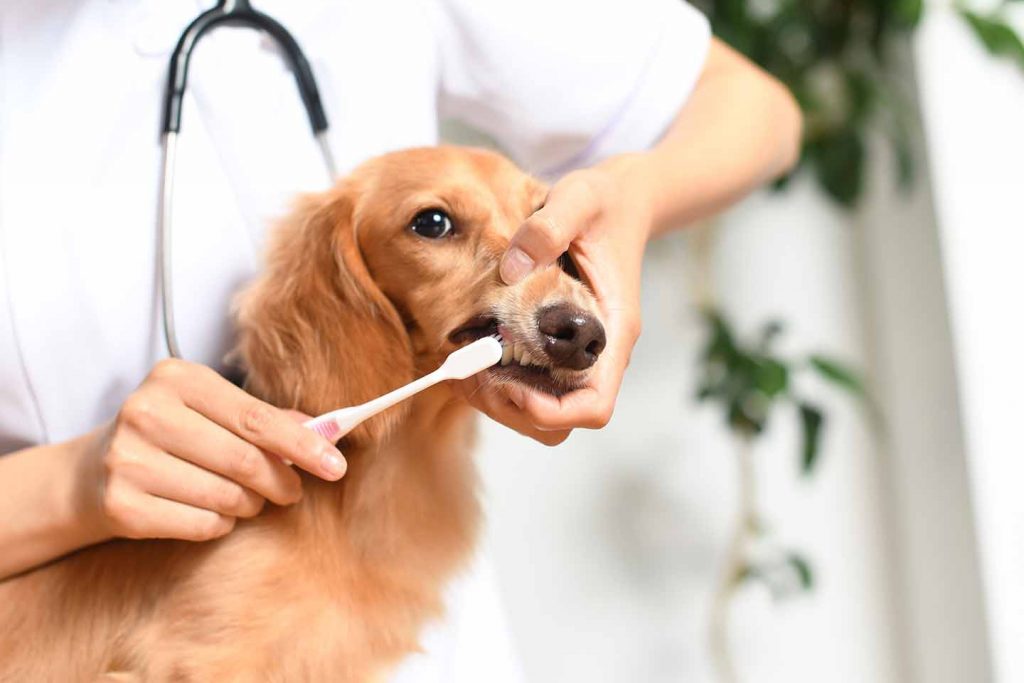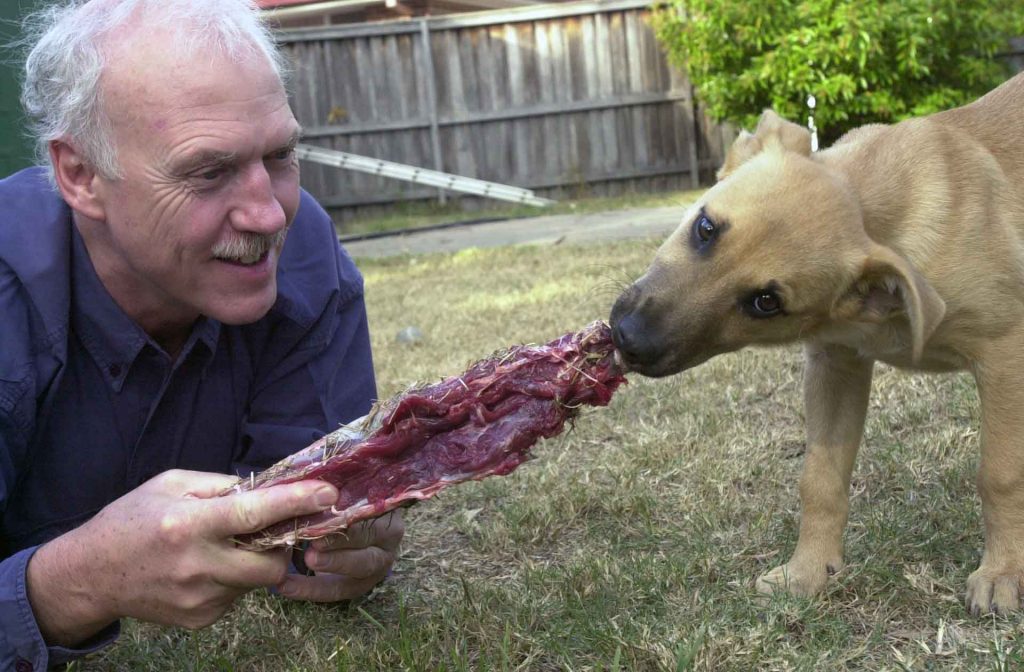It’s not scientific to suggest that wolves roaming the Arctic or confined in a zoo need whole prey animals to remain healthy whilst wolf lookalikes—Siberian Huskies, Alaskan Malamutes and German Shepherds—should be fed industrial concoctions from the can and packet.
Despite the contradictions that’s what vets, masquerading as scientists, tell us. In respect to keeping their teeth and gums in good condition, wild wolves and zoo dwellers do just fine. But in domestication, the vet ‘scientists’ tell us that the wolf descendants must have their teeth brushed with a toothbrush on a daily basis.
What’s going on? We need to know in an attempt to make sense of the nonsense. We need to know that covering up fraudulent claims and marketing spin have replaced good sound scientific enquiry in the veterinary make-believe world.
We need to understand that discussion of toothbrushing of dogs and cats is a distraction fostered and promoted by the pet food industry in conjunction with the veterinary profession. Together they trumpet their products as ‘complete and balanced’ with the implied assurances that all will be well. However, they have at least one intractable problem. Periodontal disease (gum disease) is running at pandemic proportions. Most domestic pets have gum disease at a level warranting clinical intervention. But that’s only the smelly, visible outcome of a processed food diet.
I say it’s a fiction and a distraction even to be discussing this artificial concept in the service of an artificially created pet health disaster. (For dogs with misshapen mouths or that have had teeth removed, then toothbrushing may be used as an adjunct alongside the effective use of raw meaty bones.) Otherwise, for cats, ferrets and healthy dogs we should not be discussing toothbrushing at all. To do so is to be lured onto the manufacturers’ and vets’ turf and to discuss things on their ludicrous terms. Over a fifty-year career, none of my clients has ever maintained a toothbrushing regime for their pets. None.
Pet owners need to know something about the biology of pet carnivores to better understand their needs. Starting with wild wolves, and including the wild cats in the Scottish Highlands, the first thing we notice is that they’re ever on the lookout for the next prey animal. Or if they’ve gorged on a kill, they’re sleeping, digesting the meal to gain the strength for the next hunt.
Success for them is sinking the canine teeth through the hide into the sinews and meat then subsequently using the molars to crush the bones of their prey. Hence the ‘delirious’ feeding frenzy with the attendant benefits. Production of brain chemicals, endorphins, stimulates the immune system. The stomach gets advance notice to prepare to digest the meat and bone—often in large stomach distending quantity.
But what of the teeth and gums? Are they damaged by hard bones? No. Carnivores in the wild do not spend fruitless hours gnawing on large hard meatless bones. They get their teeth cleaning and gum massaging from the vigorous ripping and tearing at the hide and flesh. It’s not an inconvenience, it’s the essential component of carnivore biology. Without the vigorous brushing and flossing teeth become encrusted with tartar and gums become sore. Sore gums lead to even more problems with the immune system, pancreas, heart, kidneys and liver.
For young carnivores it’s an even more urgent matter to rip and tear at their natural food between 3 and 6 weeks of age when they cut all of their deciduous teeth. Cutting teeth makes gums sore and painful. As any human baby knows, it’s gnawing on objects that helps soothe the gums. For puppies and kittens, if there’s not raw meaty bones to gnaw on then the furniture or wicker basket serve as a substitute. Matters get worse again, when the second set of teeth cut through the gums between 4 and 6 months of age.
It’s at that stage that sore gums, gingivitis, becomes established in the pets fed from the can or packet. Dentists tell us that if we suffer from gingivitis, we need to brush our teeth more, not less often. It’s the way to toughen the gums and get rid of the embarrassing halitosis (bad breath).
As an aside, the gum disease arises in large part due to the body’s defences attacking the plaque on teeth. Plaque, if left undisturbed on the tooth surfaces, calcifies to the hard immovable tartar.
So, is it realistic to expect pet owners to vigorously brush the teeth of their six-week-old puppy or kitten at a level comparable with the vigour and power utilised by wild animals? Is it realistic to brush your wife/husband/partner’s teeth twice a day? What hope do you have to muster the enthusiasm and time? What hope do you have of flossing between their teeth at a level comparable with the vigorous flossing on hide and sinews in a carcass? Answer: No hope!
It’s for these reasons, and despite the urging of vets this past thirty years, the uptake of pet-toothbrushing by pet owners ranges from spasmodic to zero. And it seems the proponents of the tooth brushing fantasy don’t have much faith in their recommendations either. Professor Colin Harvey, Director of the Veterinary Oral Health Council suggests:
in addition to brushes and dental wipes, these [additional] products include dental diets, treats, water additives, gels, and toothpastes. The key is daily use, which is much easier to accomplish if the owner can find a way to make daily oral hygiene a fun interaction with her or his dog.
Perhaps we need to think of the dogs, cats and ferrets. Ask them what is the best daily ‘fun’ giving them the best chance of a disease-free life.




